Dental anxiety is a prevalent concern among many patients. The mere thought of visiting the dentist can trigger feelings of nervousness or fear. This might be due to anticipated pain, past unpleasant experiences, or uncertainty about what the dentist may discover during an examination. However, it’s crucial to understand that avoiding dental visits exacerbates potential oral health issues and makes future appointments more challenging.

Communication: A Vital Step Towards Easing Dental Anxiety
The first step in overcoming dental anxiety involves open communication with your dentist and their team. Share your concerns and anxieties before your appointment so they can prepare adequately to meet your needs. Discuss previous negative experiences, if any, as this information will help them devise a strategy tailored for you. Don’t hesitate to ask questions either; understanding procedures beforehand often helps alleviate fears associated with the unknown aspect of dentistry. Agree on a signal system with your dentist that allows you to take breaks during examinations or indicate discomfort even under local anesthesia. Many patients feel embarrassed discussing their pain thresholds, but remember that each person’s tolerance varies significantly – there’s no need for embarrassment here! Preemptive conversations about potential discomfort enable clear communication between you and your dentist during procedures, which could ultimately enhance comfort levels.
Distracting Your Mind: An Effective Coping Mechanism
Distraction techniques offer another effective way to manage dental anxiety by diverting attention away from potentially stressful elements within the environment, such as drilling sounds or clinical odors. Wearing headphones and playing soothing music or audiobooks could provide an auditory escape, while fidget spinners or stress balls keep hands occupied, reducing overall tension levels. Visualization exercises involving ‘happy places’ like serene beaches or tranquil gardens have also proven beneficial in creating mental distractions, thereby easing nerves during appointments.
Mindfulness Techniques: Harnessing Inner Calm
Relaxation doesn’t only involve physical comfort but also mental tranquility. Mindfulness techniques like deep breathing exercises and body scanning can help achieve this state of calm. Deep breathing involves slow inhalation followed by equal counts of exhalation, repeated several times either while waiting for your appointment or during breaks in the dental chair. This technique helps relax muscle tension, thereby reducing overall anxiety levels. Body scans focus on relaxing individual body parts sequentially, starting from the head down to the toes. Concentrating on releasing tension within each body part not only diverts attention away from potential stressors but also promotes a sense of overall well-being, potentially making dental visits less daunting.
Dispelling Misconceptions: Embracing Modern Dentistry
Finally, it’s essential to dispel common misconceptions that procedures such as root canals and tooth extractions are inherently painful experiences. With advancements in dental technology coupled with sedation methods, these procedures have become significantly more comfortable than they once were. Compassionate dentists strive to ensure patients remain relaxed and feel in control throughout their appointments, thus helping alleviate associated fears.
